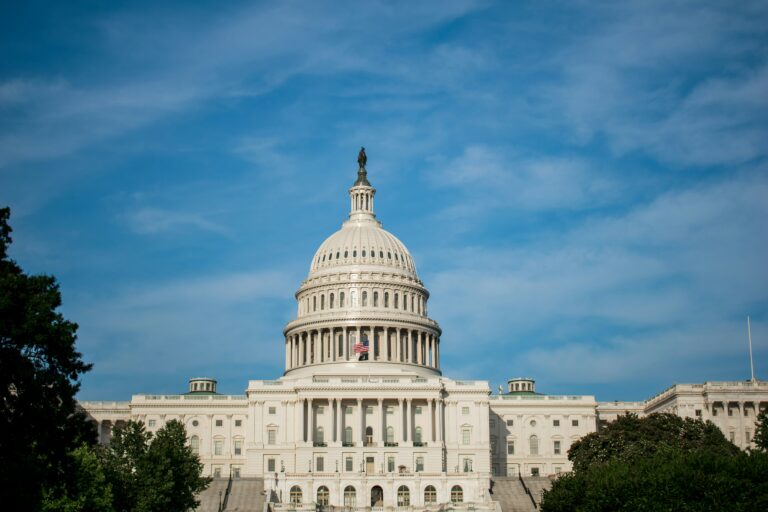Alexander W. Miller is a student at Harvard Law School.
On Thursday, the Department of Labor finalized a rule helping states create Individualized Retirement Accounts for workers who do not currently have access to such plans through their employers. Uncertainty about the scope of the Employee Retirement Income Security Act had led to fears of preemption among states seeking to start such programs, and the rule creates a safe harbor to reduce that risk. The San Francisco Chronicle reports that California may be the first to take advantage of the new guidance, with a bill currently pending before the state senate that would automatically enroll many of the 7.5 million Californians who currently lack access to IRAs in a state-administered plan. The Department of Labor also announced that it will consider extending the safe harbor provisions to large municipalities and counties after a period of public comment.
Meeting with labor activists just before the opening of the annual Federal Reserve meeting in Jackson Hole, Wyoming, policymakers at the central bank defended plans to raise interest rates in the coming year. Opponents of the potential increases argue that slow wage growth and underemployment continue to bedevil the economy, leaving the economic growth of recent years concentrated among corporate interests. The rare public discussion revealed continuing disagreement about the strength of the economy among the Board governors, who are also tasked with keeping inflation in check.
At The Atlantic, Jonathan Timm investigates the alt-labor movement and its potential impact on historical inequalities in female union membership. Interviewing members of these non-traditional labor organizations—especially domestic workers and restaurant employees—Timm finds that workers in fields dominated by women are increasingly being represented by alt-labor groups, which are in turn more likely than traditional unions to be led by women.
Also exploring the changing composition of the labor movement is Kate Duguid of Reuters, who takes as her starting point the recent NLRB ruling that graduate students can in some cases be employees under the NLRA. Observing that union membership has grown among white collar workers while simultaneously declining in traditional blue collar fields, Duguid suggests that the reasons for the divergence are unclear, but that decisions like the Columbia case hasten the need to reevaluate our perception of union membership.






Daily News & Commentary
Start your day with our roundup of the latest labor developments. See all
April 25
FTC bans noncompete agreements; DOL increases overtime pay eligibility; and Labor Caucus urges JetBlue remain neutral to unionization efforts.
April 24
Workers in Montreal organize the first Amazon warehouse union in Canada and Fordham Graduate Student Workers reach a tentative agreement with the university.
April 23
Supreme Court hears cases about 10(j) injunctions and forced arbitration; workers increasingly strike before earning first union contract
April 22
DOL and EEOC beat the buzzer; Striking journalists get big NLRB news
April 21
Historic unionization at Volkswagen's Chattanooga plant; DOL cracks down on child labor; NY passes tax credit for journalists' salaries.
April 19
Alabama and Louisiana advance anti-worker legislation; Mercedes workers in Alabama set election date; VW Chattanooga election concludes today.